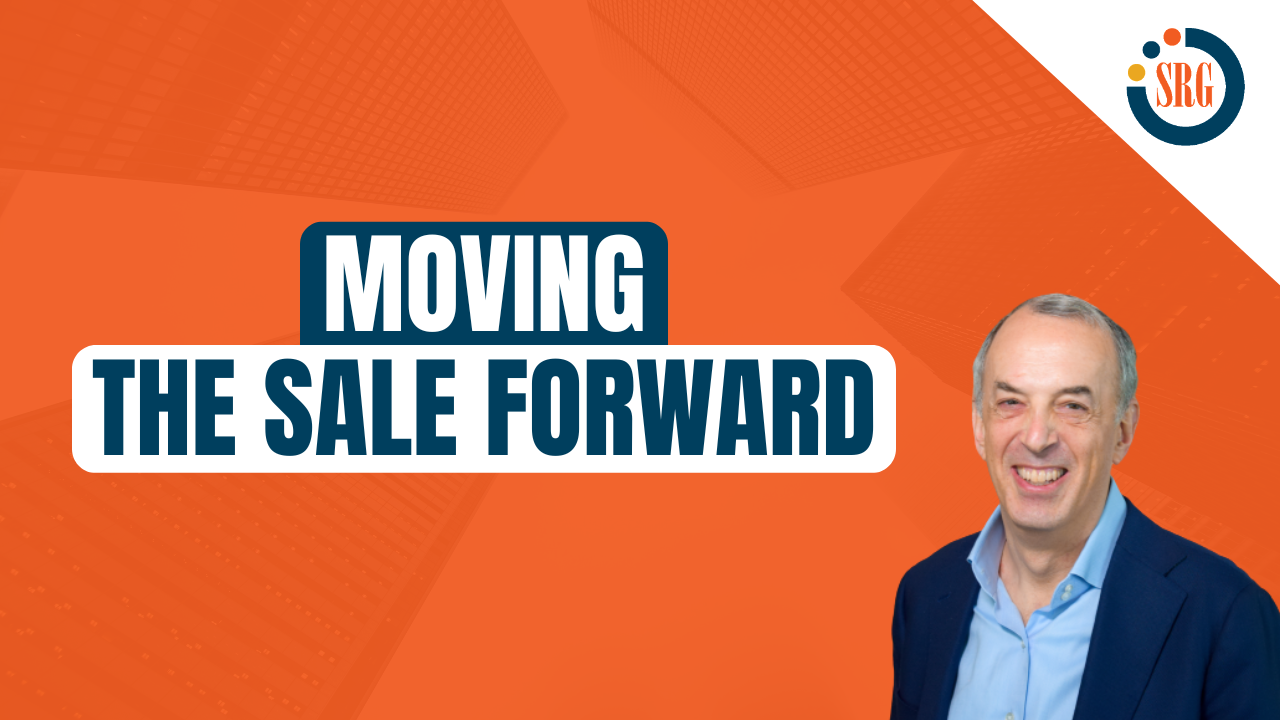Sales opportunities can easily lose momentum and stall, creating a bottleneck in the sales funnel and leading to lost deals. To overcome this common sales problem, sales professionals must utilize sales strategies that prioritize connecting with senior decision-makers, demonstrating value, and positioning themselves as trusted advisors. Let's dive into the three tactics to move your sales opportunity forward.
1. Connect with the Decision-Maker
While influencers are crucial in providing valuable insights and guiding sales reps, their authority is typically limited (by definition) – ultimately, they don’t have the authority to say “yes.”
To expedite the sales process and significantly increase the chances of closing deals, sales reps must identify and connect with decision-makers as early as possible. Use these four steps the next time you sell to multiple decision-makers and influencers.
Identify Key Players and Their Priorities
The first step is identifying the key players involved in the decision-making process, including the ultimate decision-maker, key influencers, potential gatekeepers, and technical experts.
To identify these key players and their priorities, ask open-ended questions for sales, such as:
- Who is the ultimate decision-maker responsible for approving the purchase?
- Who are the key influencers who can influence the decision-maker's decision?
- What are the priorities of each decision-maker and influencer?
- Who are the potential gatekeepers who can block or delay your access?
Assess Influence Levels
Once you have identified the key players, assess their influence levels to determine their relative impact on the purchase decision. Consider their position, experience, relationships with the decision-maker, and track record of influencing past decisions.
Questions to ask to assess influence levels include:
- How much influence does each decision-maker and influencer have on the purchase decision?
- Who has the most aligned priorities with the decision-maker?
- Who has a proven track record of influencing decisions?
- Who is highly respected and has strong relationships with the decision-maker?
Map Connections among Key Players
To better understand the decision-making process, map the relationships, informal ties, and organizational structures that influence the flow of information. By understanding these connections, you can identify potential allies, allies of allies, and potential roadblocks.
Questions to ask to map connections among key players include:
- Who reports to the decision-maker?
- Who frequently interacts with the decision-maker?
- Who mentors or advises the decision-maker?
- Who collaborates on projects or committees with the decision-maker?
- Who has informal or personal relationships with the decision-maker?
Identify Commitment Levels
Finally, assess the commitment levels of key players to determine their level of support for your solution and company. Understanding these commitment levels allows you to tailor your communication and engagement strategies accordingly.
Questions to ask to identify commitment levels include:
- Who is receptive to your solution and company?
- Who is influential and can help build support?
- Who is resistant or skeptical?
- Who is uninformed or needs more information?
2. Elevate the Conversation from Features to Business Needs
While highlighting your product’s features can impress certain technical users, connecting these features to the prospect's specific business challenges and pain points truly captures decision-makers' attention.
To elevate the conversation to a higher level, sales reps should shift their focus from simply listing product features to understanding the prospect's deeper business objectives and challenges. It involves actively listening to their concerns, identifying the root causes of their issues, and demonstrating how their solution can directly address these pain points.
This shift in perspective is crucial for two primary reasons:
- Engage the Decision-Makers: Decision-makers are primarily concerned with solving business problems; they don’t operate at the technical level. By demonstrating how your solution can directly address the prospect's pain points, you can position yourself as a valuable partner who can help the organization achieve its objectives.
- Build Trust and Credibility: When sales reps delve into the prospect's business challenges and demonstrate their understanding of the issues, they build trust and credibility. Decision-makers perceive them as genuinely caring about their company's success and not just trying to make a quick sale.
3. Position Yourself as a Partner
Achieving the "Partner" status in the Sales Relationship Ladder requires a shift in mindset from product-centric to client-centric. Sales professionals must transform themselves from mere vendors peddling goods to trusted partners who actively assist clients in achieving their business goals. It involves understanding the client's unique challenges, pain points, and aspirations and aligning your solutions to their needs.
Here is how to establish yourself as a partner:
- Cultivate deep relationships with decision-makers and influencers within the client organization.
- Engage in meaningful conversations that go beyond product features and specifications.
- Demonstrate your expertise in their industry, grasp their business context, and empathize with their challenges.
Demonstrating your commitment to the client's success will gradually elevate your relationship from a transactional exchange to a true business partner. This trust-based relationship will grant you unparalleled access to decision-makers, increase your close rates, and secure long-term business.
Conclusion
Navigating the dynamic world of sales requires a smooth and efficient sales process to utilize closing techniques effectively.
First, proactively identify and connect with decision-makers as early as possible. This will help you bypass gatekeepers and influencers and get your foot in the door with the person who ultimately has the authority to say "yes."
Second, elevate the conversation from features to business needs. Show decision-makers how your solution can address their pain points and help them achieve their business objectives. This will demonstrate your understanding of their business and make you a valuable partner.
Finally, transform from a product pusher to a problem solver. Focus on building trust and credibility by demonstrating your expertise and commitment to the client's success. This will create a mutually beneficial partnership that will lead to long-term success.

